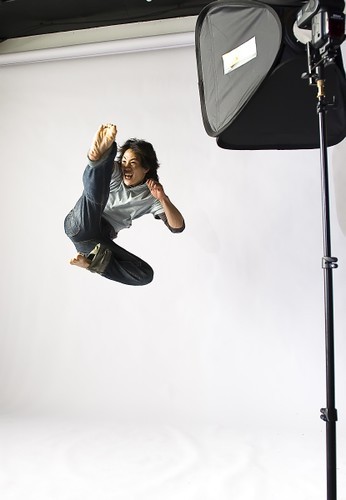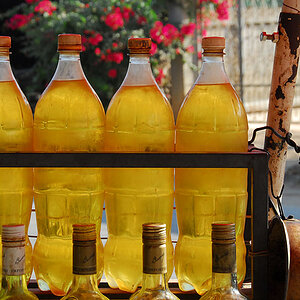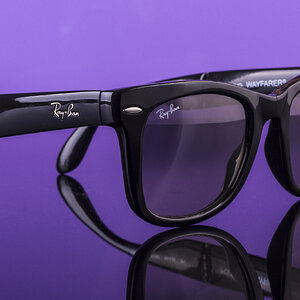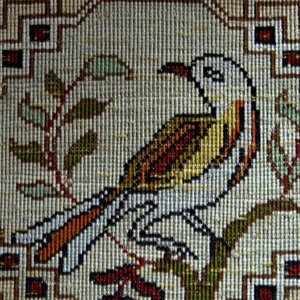dEARlEADER
TPF Noob!
- Joined
- Apr 9, 2008
- Messages
- 1,312
- Reaction score
- 1
- Location
- Canada
- Can others edit my Photos
- Photos OK to edit
BZZZ! The AutoISO function doesn't work the way most people think. Even Thom Hogan suggests to not use it.
When I leave something to the camera, especially something like choice of ISO, it makes choices that I would not make in the same situation, and depending on what mode you are in (P, S, M, A), it does things VERY differently. Now I am not going to go into detail here as it is not necessary, but I do not suggest that the OP does this with the D700 if optimal quality are his primary goals.
Does it work, sure, but it is taking the lazy way out and your results will not be optimal compared to what they could be if you fix the ISO to a setting that you know will get the job done right and is as low as possible for best results.
Jerry, if you care to enough dispute a method as incorrect, at least take the the time to provide something convincing to prove the theory wrong. I did not advise the OP to use any other mode other than manual. Using this method is nothing close to a lazy approach. If anything, it might be superior because auto iso typically adjusts in smaller increments. You might lock a fixed ISO of 1600 whereas auto iso might use 1280 for that particular exposure. LESS NOISE. The excuse that auto iso reacts differently is different modes is no excuse not to use it. Learn how to use the camera and benefit from it's various features.
I don't use auto-iso all the time, but I have used it flawlessly several times where a fixed shutter/aperture combination is desirible.





![[No title]](/data/xfmg/thumbnail/35/35967-ee5e7220e6f5cbd7d70fb99fe8ce5038.jpg?1619737285)








![[No title]](/data/xfmg/thumbnail/37/37522-f67b10bc5ee534f9bc21ee94917445b9.jpg?1619738129)
![[No title]](/data/xfmg/thumbnail/39/39491-353a6df9b207e97dadcdce4f98248fcd.jpg?1619739051)
![[No title]](/data/xfmg/thumbnail/32/32929-22e23acc63d6ecb25e5ee941be87121f.jpg?1619735758)